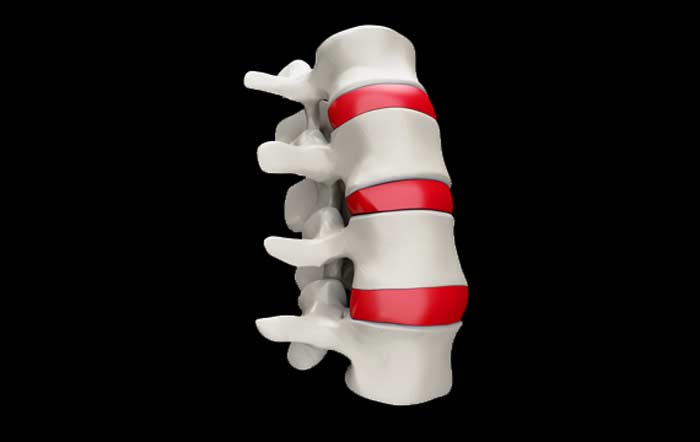
Spinal injuries require prompt medical attention.
Made up of a series of vertebrae, discs, joints, and nerves, the human spine is designed to be fairly durable. Not only does it support important nerves that branch out throughout your body, but it also absorbs the stress from your daily movements.
Still, there are many ways parts of the spine can become compromised by some type of injury, possibly resulting in discomfort that dramatically affects quality of life. However, there are several treatments that may provide relief when spinal injuries do occur.
Common Spine-Related Injuries
Vertebrae and the related parts of the spine can be injured in several ways, with one of the most common ones being cervical spine (neck) or lower back strains and sprains. Such injuries are often due to poor posture, failure to sufficiently stretch before exercising or playing sports, or repetitive movements. Sports-related injuries can also result in sprains or strains affecting spine-supporting muscles, tendons, or ligaments.
Bones and discs of the spine may also be affected by age-related change. When this happens to spinal discs, it’s referred to as degenerative disc disease. This progressive wear sometimes contributes to disc herniation or the develop of bone spurs (osteophytes). Damaged or worn discs may also cause one vertebra to slip forward over an adjacent one (spondylolisthesis).


The spine can also be injured as a result of abnormal growths (tumors) or infections. Spinal abnormalities such as a narrowing of the spinal canal (spinal stenosis) and an abnormal sideways curvature (scoliosis) can also affect nerves around the backbone. The resulting symptoms are often felt in nearby areas, which is referred to radiating nerve pain (radiculopathy). Contributing factors to spinal injuries may also include:
- Whiplash
- Arthritis of the spine (osteoarthritis)
- Osteoporosis
- Spinal diseases
Diagnosing Spinal Injuries
Most spinal injuries are diagnosed with results from an initial patient assessment and a series of tests. X-rays can detect spinal fractures and issues other types of damage to bones and joints. CT scans and MRIs provide more detailed views of soft tissues and nerves. Spinal discs are sometimes injected with a sterile liquid to purposely induce pain to determine if certain discs are the source of a patient’s symptoms, a test referred to as a discogram (discography). Nerves and muscles around the spine may be tested with electrodiagnostic testing that includes nerve conduction studies (NCS) and electromyography (EMG).
Treating Injuries Affecting the Spine
Pain medications, muscle relaxants, certain types of antidepressants, and anti-inflammatory drugs are among the many medications that may be recommended to relieve or ease discomfort associated with spinal injuries. Some injuries heal with therapeutic exercises, the modification of activities, and improvements to posture. Spinal fractures are sometimes corrected with the use of a special type of bone cement (vertebroplasty or kyphoplasty).
Injections used to treat spinal injuries or manage symptoms may include epidural steroid injections, nerve blocks, and platelet-rich plasma (PRP) therapy. Some patients benefit from TENS units, intradiscal electrothermal therapy (IDET), and other forms of electrical stimulation.
If non-surgical treatments aren’t effective, spinal injuries may be treated with various decompression or stabilization procedures. Spinal fusion surgery is one of the most frequently performed types of spine surgery. Artificial disc replacement is another option for stabilizing the spine after a damaged disc is removed.
A traumatic spinal cord injury (SCI) is the most serious of the potential injuries that can affect the spine. Fortunately, most spine-related injuries are treatable or manageable with a combination of medication and physical therapy. If surgery is necessary, many common procedures can be done in a way that’s not as invasive as traditional open surgery.
